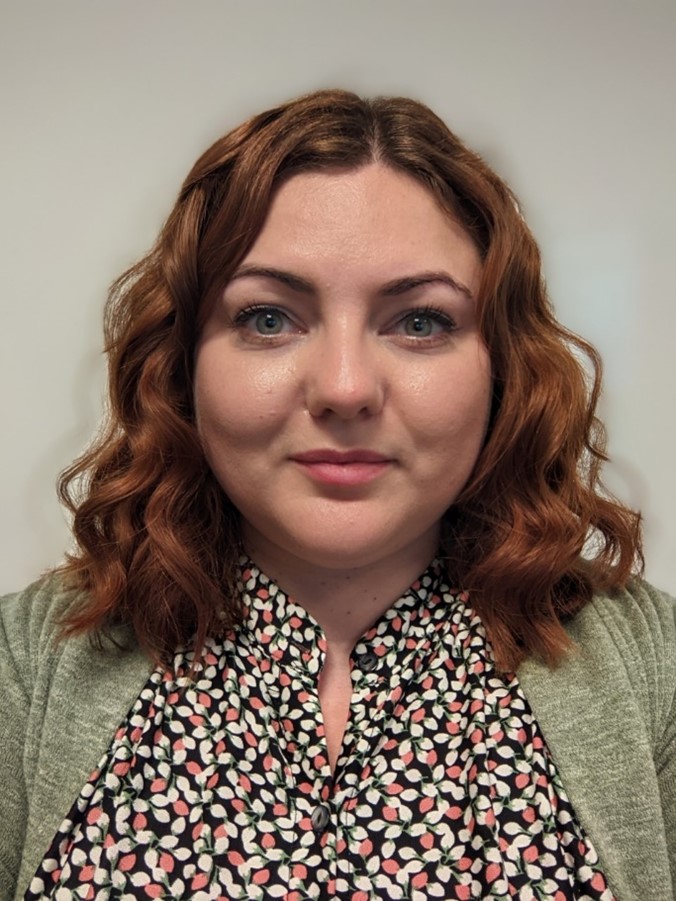

Inspirational Story
Deborah Tomlin-Taylor
What influenced your choice of profession?
We were thinking about future careers at school. I said I really enjoyed my art lessons and being creative, and that I also really enjoyed some volunteer work I was doing with a charity that helped children with complex needs.
One of my classmates said that their mum was going to “Art Therapy”, which was really helping her, and if I liked art and helping people, I could be an art therapist. I was 15 and this was when I first heard about creative therapies.
I have Dyslexia and always struggled at school with specific aspects of learning, particularly writing and reading aloud. I am a visual learner and often find myself drawing out diagrams and doodles to help myself either communicate or understand something.
I think this visual learning and communication has also influenced me in my choice of profession, because art therapy can help people in a similar way.
Have you had any lightbulb moments experienced during your course/whilst working?
The course helped me understand a lot of the theory about psychotherapy and mental health. There were a few light bulb moments, including having a chance to think about why I wanted to help people in creative ways.
There were opportunities for self-reflection on the course which helped me become more self-aware.
It is hard work, but wonderfully rewarding to help enable people to express themselves, communicate, process trauma, and find relief from trauma or mental health symptoms
What does your current role looks like day to day?
Working in Secure Care and Offender Health means that I work with people, in hospital and in prison, who have a history of offending and a high risk of harm to themselves or other people.
This means that each day I work with people to find safe ways of working towards their goals and reducing their risk. This includes thinking about their lives, experiences and difficulties, helping people to find motivation and hope for a future that is safer for themselves and others, and meaningful to them.
How have you come to become in the position you are in now?
Initially when I qualified as an Art Therapist, I worked in different services including schools, Care Homes, and residential facilities for people with support needs.
I also set up a Perinatal Art Therapy group for new and expectant mums who needed some mental health support and connection in the community. Setting this up sparked my passion for service development; I enjoyed thinking about the needs of different groups of people and thinking about how art therapy can be utilised to support people, creatively.
Then I joined an NHS Trust community team where I worked for 3 years. There was a lot of development within the community team, and I really enjoyed that. Then the psychology teams in Secure Care Offender Health were interested in finding out how adding art therapy within the treatment pathway would look, and I have worked within the forensic team since 2018.
As a Senior Clinician, most of my time is spent facilitating art therapy interventions, and the rest of my time is spent as a Lead Clinician, which means I work with someone throughout their treatment pathway. I am completing initial assessments and proving support during their time within the service, coordinating their interventions (including art therapy) throughout their care. I also spent time working with teams, facilitating supervision (clinical thinking time with staff) and delivering training.
What do you love about your role?
I really love working with people. I enjoy the variety that comes with working as an art therapist and I learn something from each person I see.
It is a continual learning journey. Working creatively with people brings me a lot of job satisfaction.
It is hard work, but wonderfully rewarding to help enable people to express themselves, communicate, process trauma, and find relief from trauma or mental health symptoms.
I find it rewarding finding ways to work with people who perhaps find it hard to access other types of therapy.
Art Therapy
Want to find out more about the role of an art therapist and the variety of settings they can work in?
Find out more